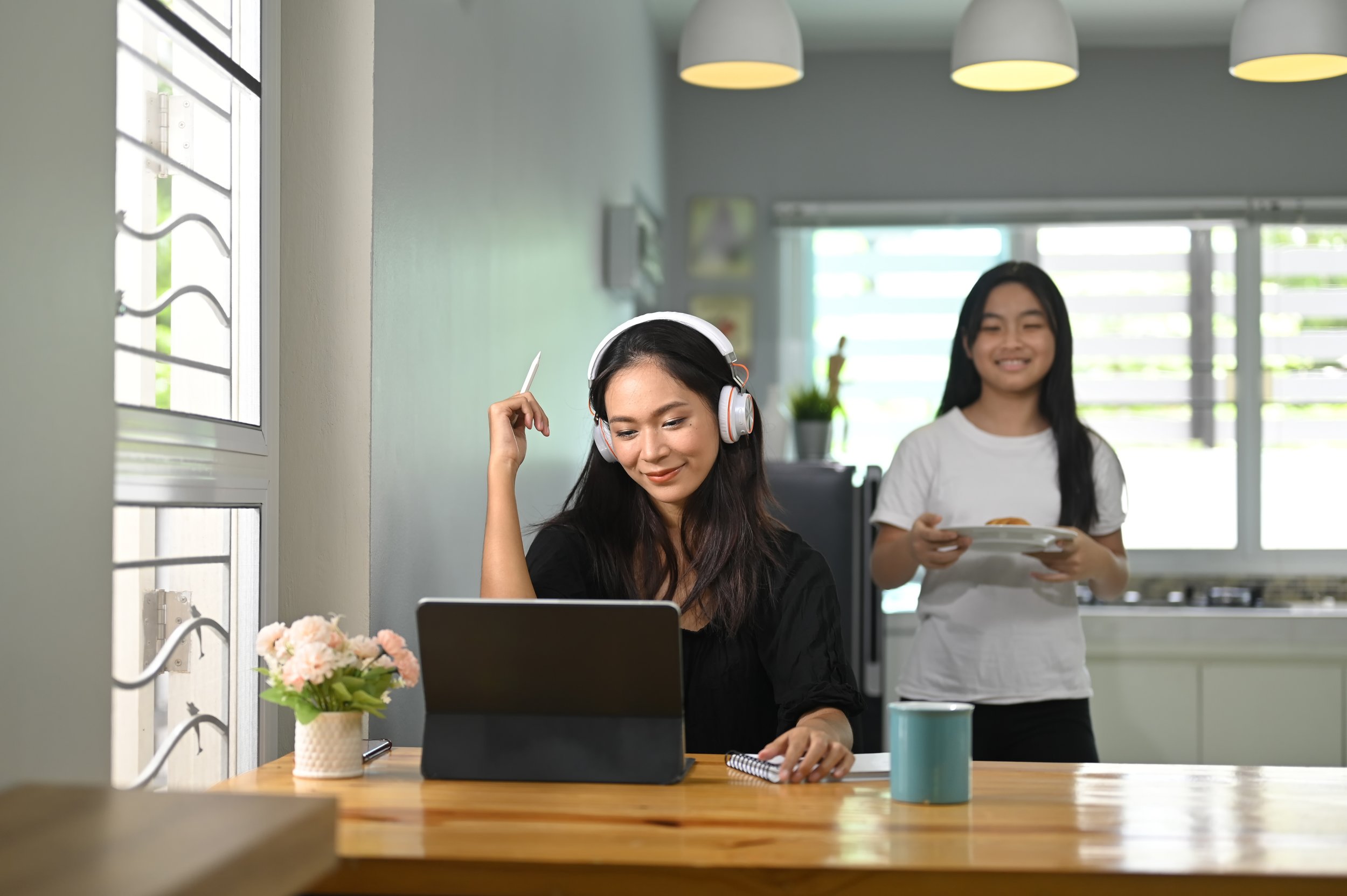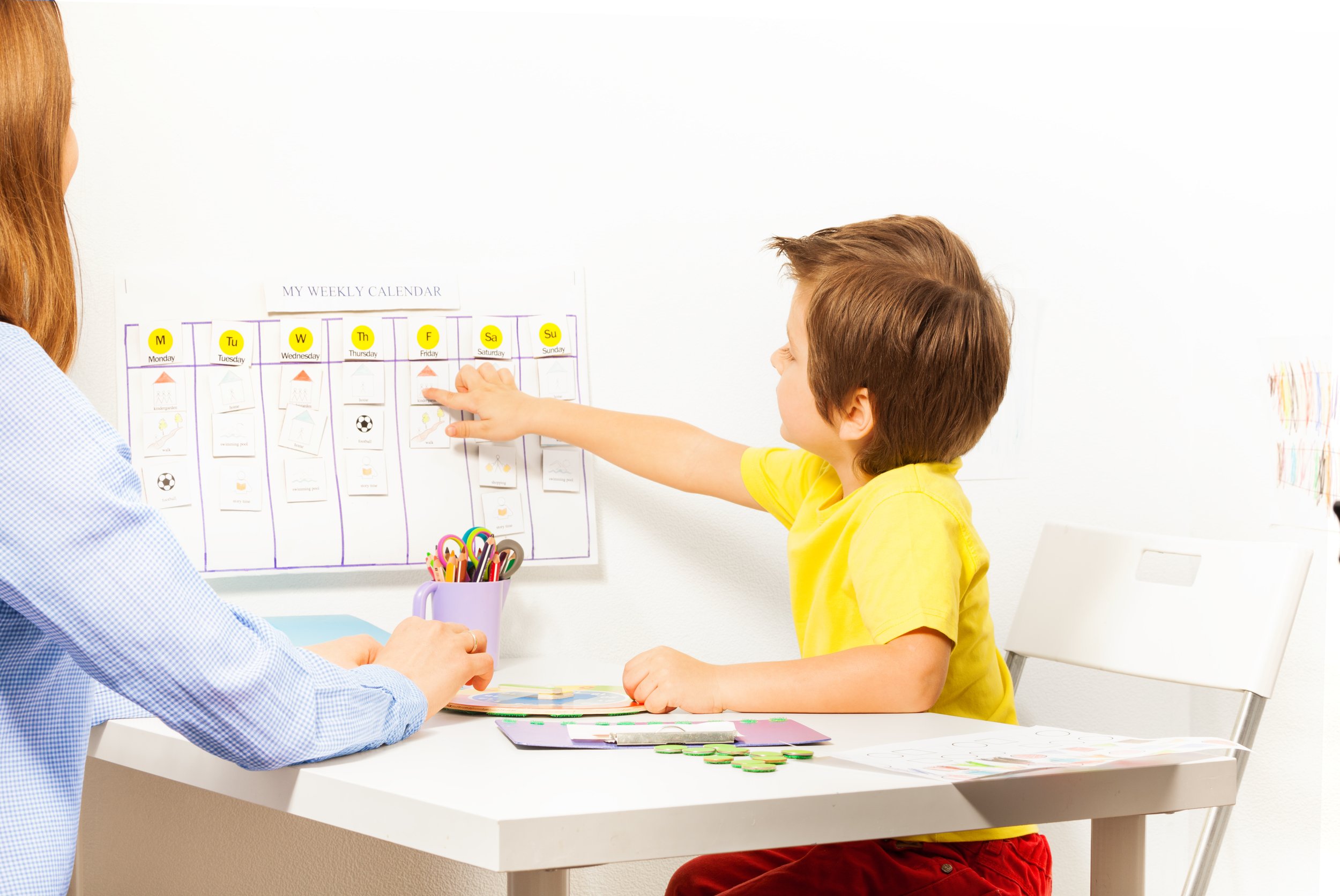How to Learn at Home Without Losing Your Mind: Tips for COVID Homeschoolers
If you’re homeschooling to get through the world health crisis, you totally count as a homeschooler — but what you need may not be traditional homeschool recommendations.
If you are starting a new year at home — for a few weeks or indefinitely — as part of the COVID-19 self-quarantine, you may feel a little at a loss. An important thing to remember is that this is probably not a permanent state of affairs — fingers crossed, we’ll get through the quarantine period and back to our normal lives in the not-too-distant future. If this is your situation, a lot of new homeschooler advice — about deschooling and figuring out your student’s learning style — may not be relevant. You’re a temporary homeschooler, and you just need a little help getting through the next few weeks or months. Here’s my best advice:
1. Get everybody up and dressed on weekday mornings, even if you don’t have anywhere to be. You have worked hard to establish a routine that makes sense for your family, and you don’t want to just drop it. (If you don’t love your routine and want to figure out one that works better for you, this is obviously a great time do that.)
2. Go ahead and set electronics limits. If you knew you wanted to homeschool long-term, not limiting electronics can be a handy way to help kids learn to balance their own electronics use — but this is a long-term strategy. In your short-term situation, it’s fine to say “no electronics until 4 p.m.”
3. Pay attention to major output requirements. Online lessons can be hard to adjust to, and your child — and your child’s teachers! — may be new to them. The most important thing is to make sure students know what output they are responsible for producing and when it’s due. Make a calendar of due dates for each subject, and post it in a prominent place.
4. Set up a learning space. It doesn’t have to be a whole room or anything, but a comfy chair, clear work surface, the aforementioned calendar, and other school materials can make a corner feel like a learning place. For students who are used to going to school, sitting down at a specific place to work and getting up from it when work is over feels familiar and comfortable.
5. If you have a learning plan from your school, stick with it. It’s tempting with all the free resources right now to download everything, but too much stuff is as bad as not enough. If you must, choose one extra thing to study, but resist the urge to overload your student. Adjusting to a new rhythm, dealing with the disruption of their regular life, and worrying about the situation is already a lot of new stuff to deal with.
6. Make sure you know what counts as credit as your school. If you know you want to go back to traditional school when you can, talk to a human being at your child’s specific school to find out what homeschool credits they’ll accept. For elementary and middle school students, this won’t matter as much — though you should check anyway to be sure! — but public high schools may not accept homeschool credits, even accredited ones, or count them toward the credits required for graduation. If this is the case, you may be better served working with your school’s distance-learning option, even if it’s not perfect, and providing lots of hands-on support.
7. If you don’t have a learning plan from your school, I recommend the unit study: Pick a subject that interests your child, and take a deep dive into it. (I know this is harder with so many libraries closed, too, but you can still order books from Amazon, check out from your library’s digital collection, and find lots of info and project ideas online.) This may not seem like a lot, but if you are starting together from scratch, unit studies are a great place to start.
8. Include lots of downtime. It’s tempting to schedule every minute, but remember: Kids at school spend plenty of time lining up, changing classes, getting settled, and packing up. You don’t have to do any of those things at home — so a homeschool day can be considerably shorter than a regular school day. Don’t let this make you feel like you’re not doing enough!
9. Be gentle with yourself and your child. This is all new for you. It may take you time to figure out how to do it well. That’s okay. (I feel like it took me a couple of years to get a handle on how our homeschool life worked best, so if you can’t do it in a couple of weeks, that definitely doesn’t mean you don’t know what you’re doing! It just means you’re still figuring it out.)
10. It is fine to set up designated snack times and stick to them. One thing homeschoolers discover pretty fast is that kids can eat all day long. Establishing snack and meal times can minimize this somewhat, especially if grocery shopping is more complicated right now.
11. Make time to get out and exercise. It can seem weird to schedule this, but making it part of your routine can improve your whole day.
12. Keep bedtime (fairly) consistent. Again, if you’re planning to go back to school, you’ll be glad you stayed in the bedtime habit.
13. Make time for yourself. Whether it’s 30 minutes of quiet time after lunch or an 8 p.m. everybody-in-your-own-room time, you need time when you can decompress and relax, too. (Don’t spend all the time reading virus updates, though, OK?)
14. Try not be offended by long-time homeschoolers who may seem to minimize what you’re doing. Homeschoolers get a lot of flack from people who worry about whether our kids are socialized and what we’re teaching, and we can get a little sensitive and defensive because of this. Don’t take it personally! If your goal isn’t long-term homeschooling, long-time homeschoolers may not be the best people to ask for advice simply because homeschooling and traditional school are really different. What works for homeschoolers may not work for you right now. (Homeschoolers often go through the reverse of this situation when we start homeschooling, trying to copy what schools do and realizing that just doesn’t work at all.) But do keep in mind that, similarly, your understanding of homeschooling is a very specific kind of understanding, and don’t use it to marginalize or criticize what homeschoolers do either. Let’s honor each other’s situations and choices.
































Covid cases are spiking, and lots of secular homeschool families are still navigating social activities with extra caution. Having clear policies for homeschool co-ops and get-togethers can help all the folks in your community make the best choices for their families.